Your Joyful Neighborhood Street Cafe [Paris]
“I want to be in the arena. I want to be brave with my life. And when we make the choice to dare greatly, we sign up to get our asses kicked. We can choose courage or we can choose comfort, but we can’t have both. Not at the same time.”
I am obsessed with this quote! I love it because it captures everything I have working toward for the past five years. When my husband and I were expecting, we decided to move from San Francisco back to Dallas. Through our decision-making process, we set values for ourselves. Some of our values were: being close to family; having the ability to grow our wealth while living in a walkable neighborhood within the city; and, traveling as well as immersing ourselves in another city, place, and culture for two months out of the year. Remember in How Colorful, Charming Shopfronts can Energize Public Spaces we talked about being a surprise engineer? Well, this is the same thought process but going off-script in your life. In Wonder Seeker, Andrea Scher states that breaking the script carries a jolt of surprise and surprise is what makes things memorable. We can take ordinary actions like working remotely, walking to the park, picking up groceries, and selecting a bottle of wine as memorable and exciting as possible. There is a sense of wonder around surprise. We can intentionally infuse a bit of magic into our lives and the lives of others. When we dare greatly and choose courage we can create moments that we will remember for a long time.
This summer, we lived in a graceful apartment within Saint-Germain-des-Prés in Paris. Every morning, we would stroll over to Maison Thevenin for a buttery croissant and coffee. After our daily excursion, we would head home stopping at La Palette for a simple lunch and beer before putting Jashan down for his afternoon nap. Both places had a few things in common: they had outdoor terraces allowing us to sit and relax in public for as long as we wanted; the terraces were open to the street always presenting something to look at and discuss; placement along the street allowed one of us the freedom to get up and walk around when the baby wanted a change in scenery while allowing the other to relax; and, the faces of the staff and clientele became familiar. The cafes also offered necessary variety. Some days, it was too hot to be outside or we were too exhausted to chase the baby around the terrace and street, so we opted for the plush chairs and quiet indoors. The most habitable cities are full of street cafes. People enjoy mixing in public, within parks and squares, along promenades and avenues, and in street cafes. The existence of such places are like clubs. They provide social glue for the community and serve as anchors for the neighborhood.
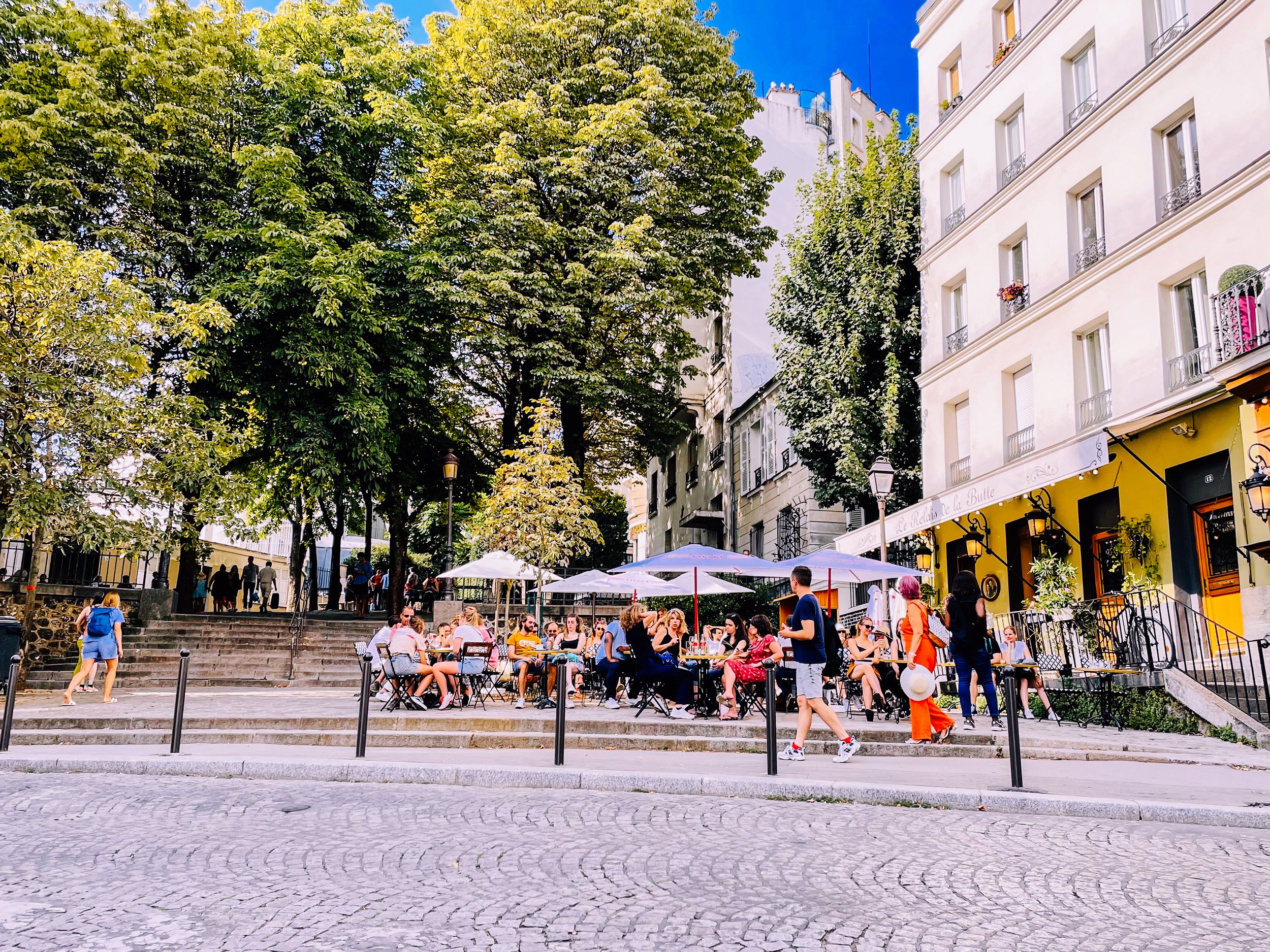
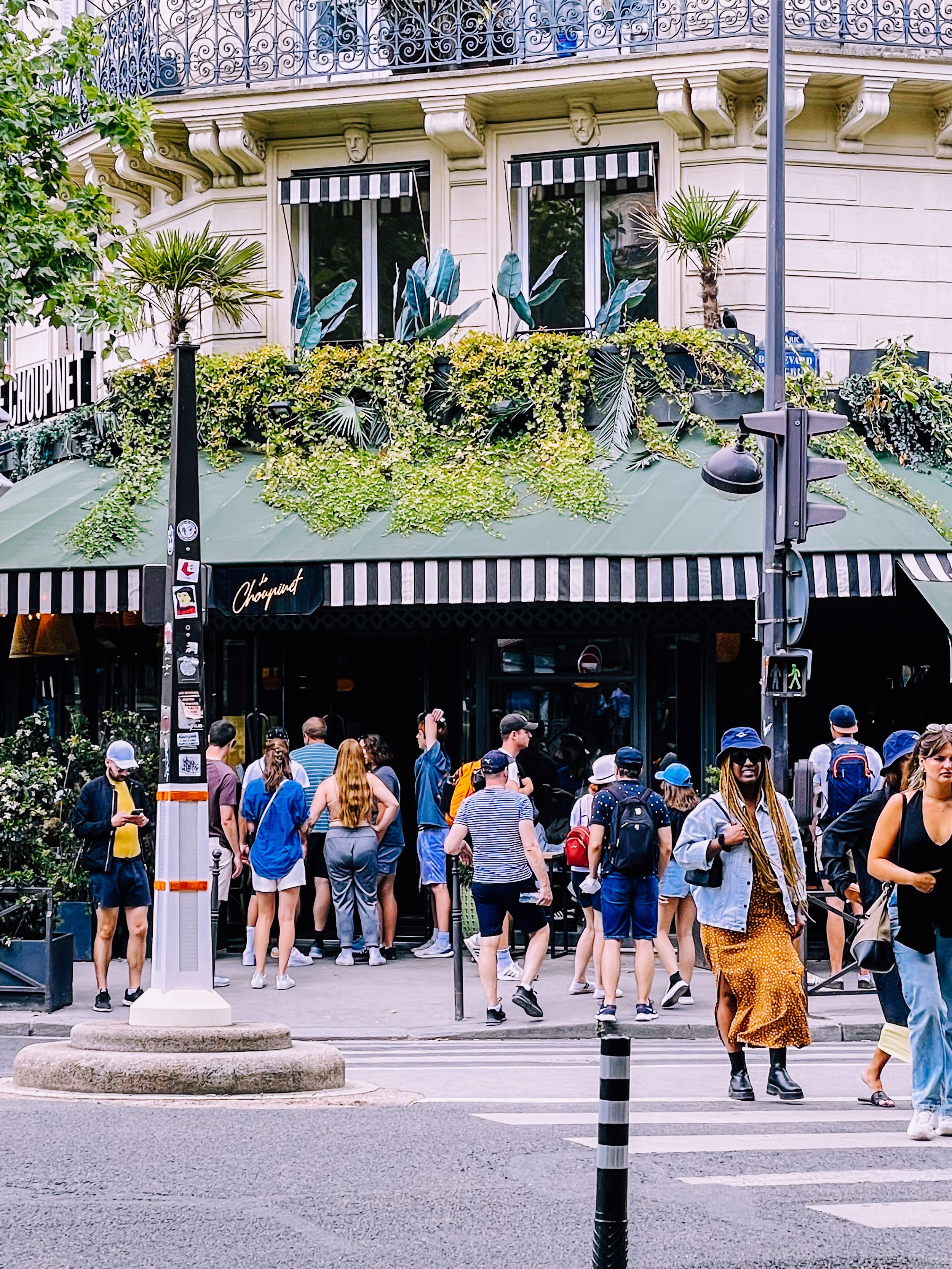

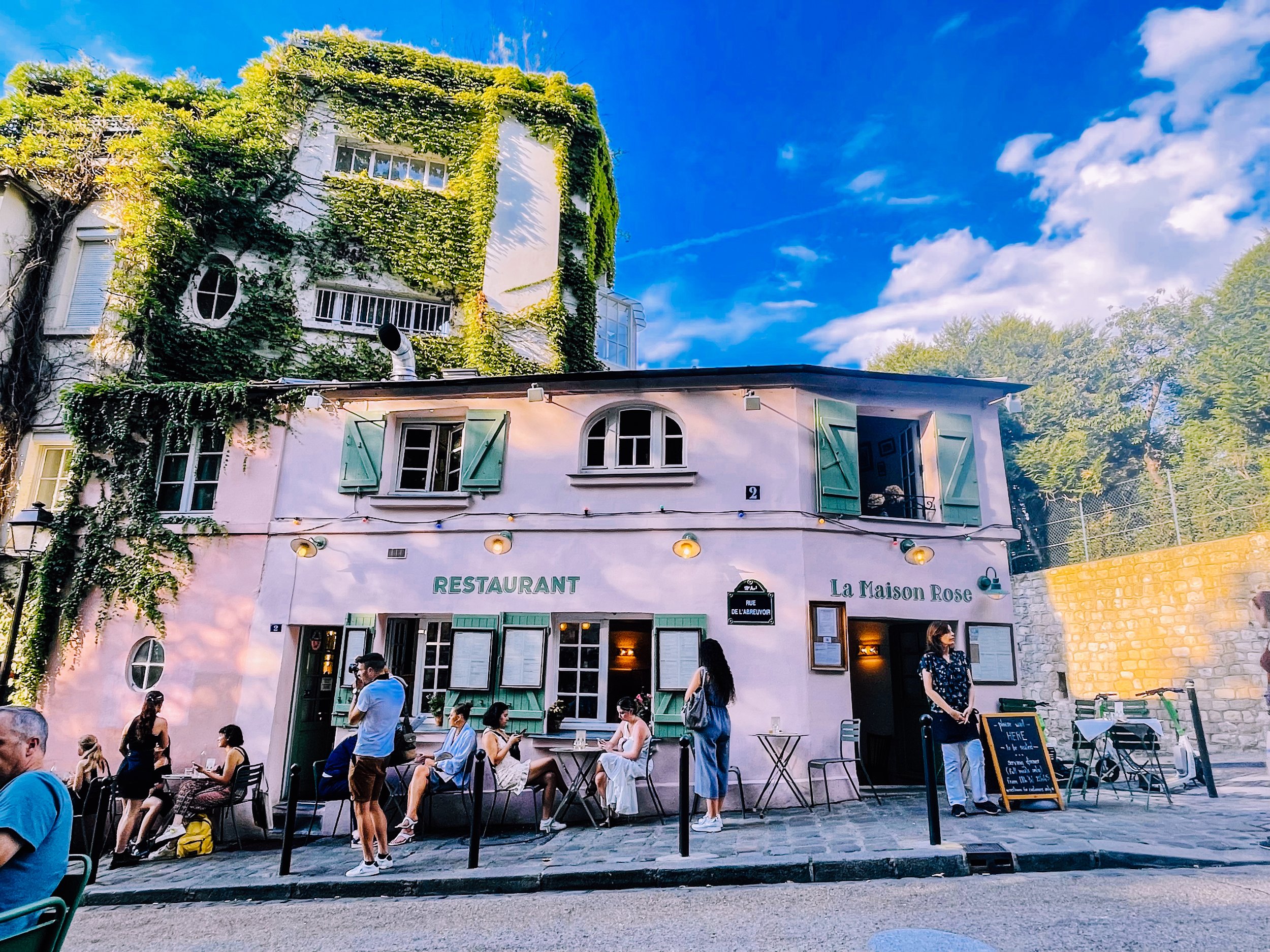


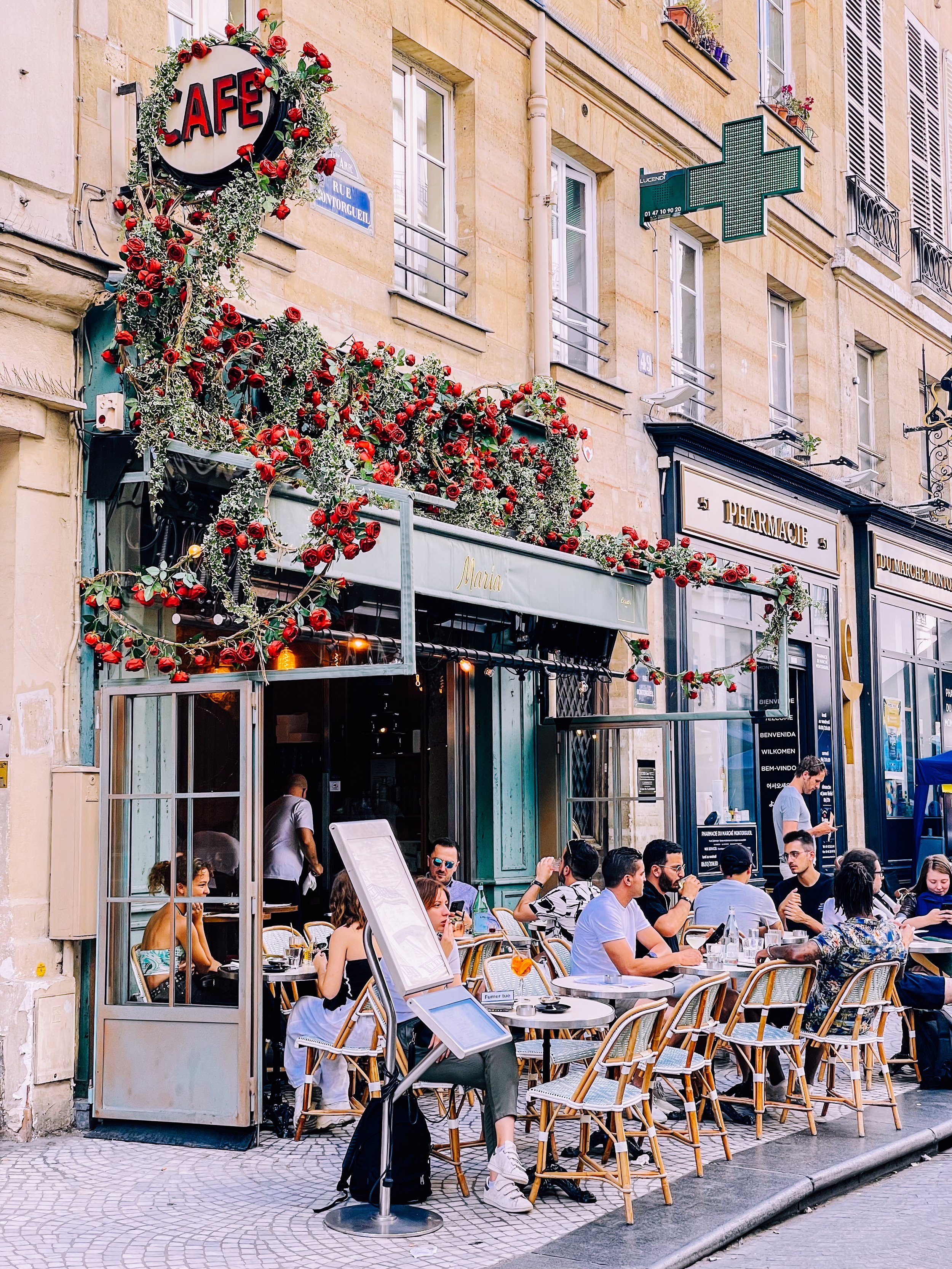
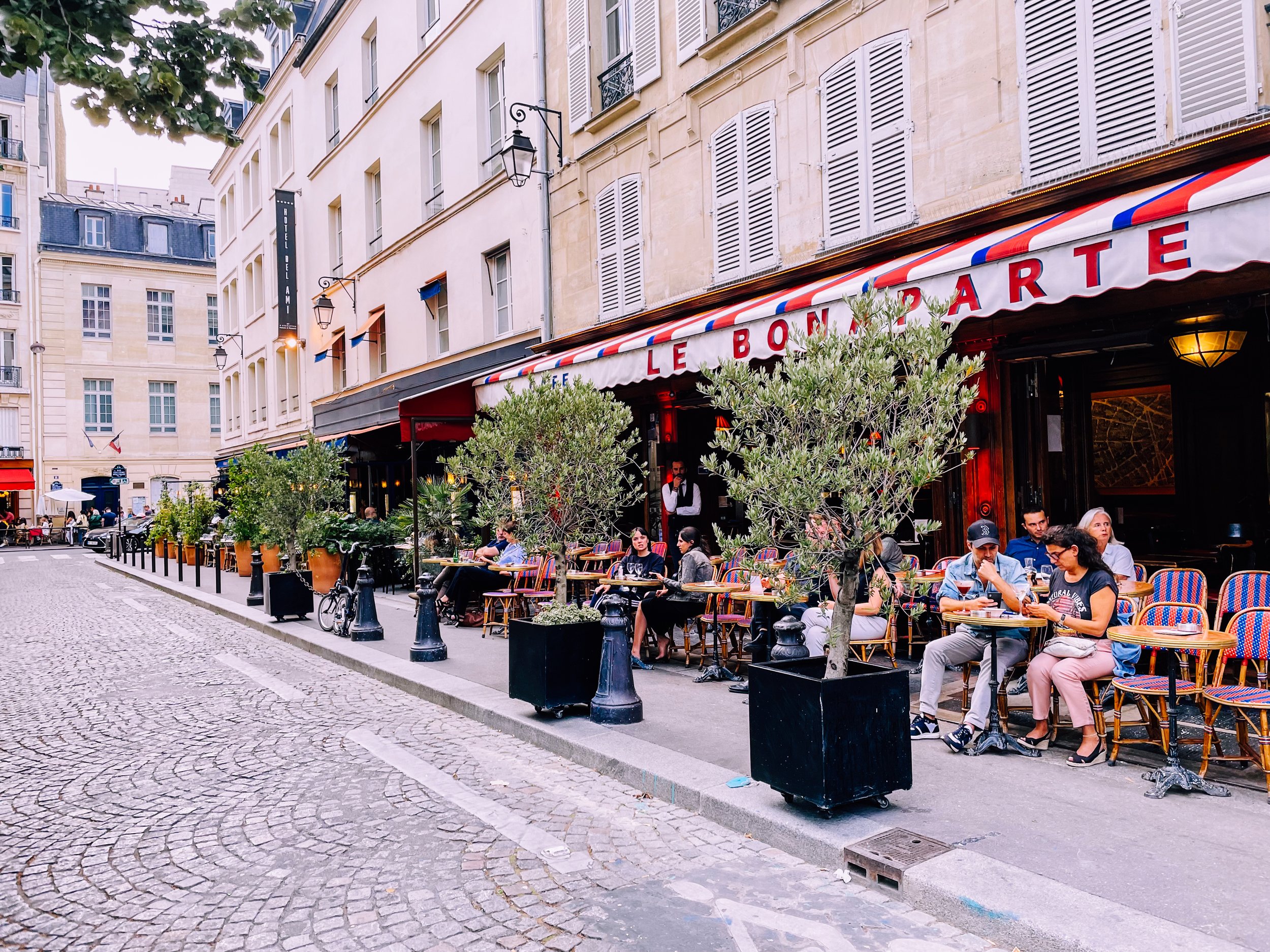
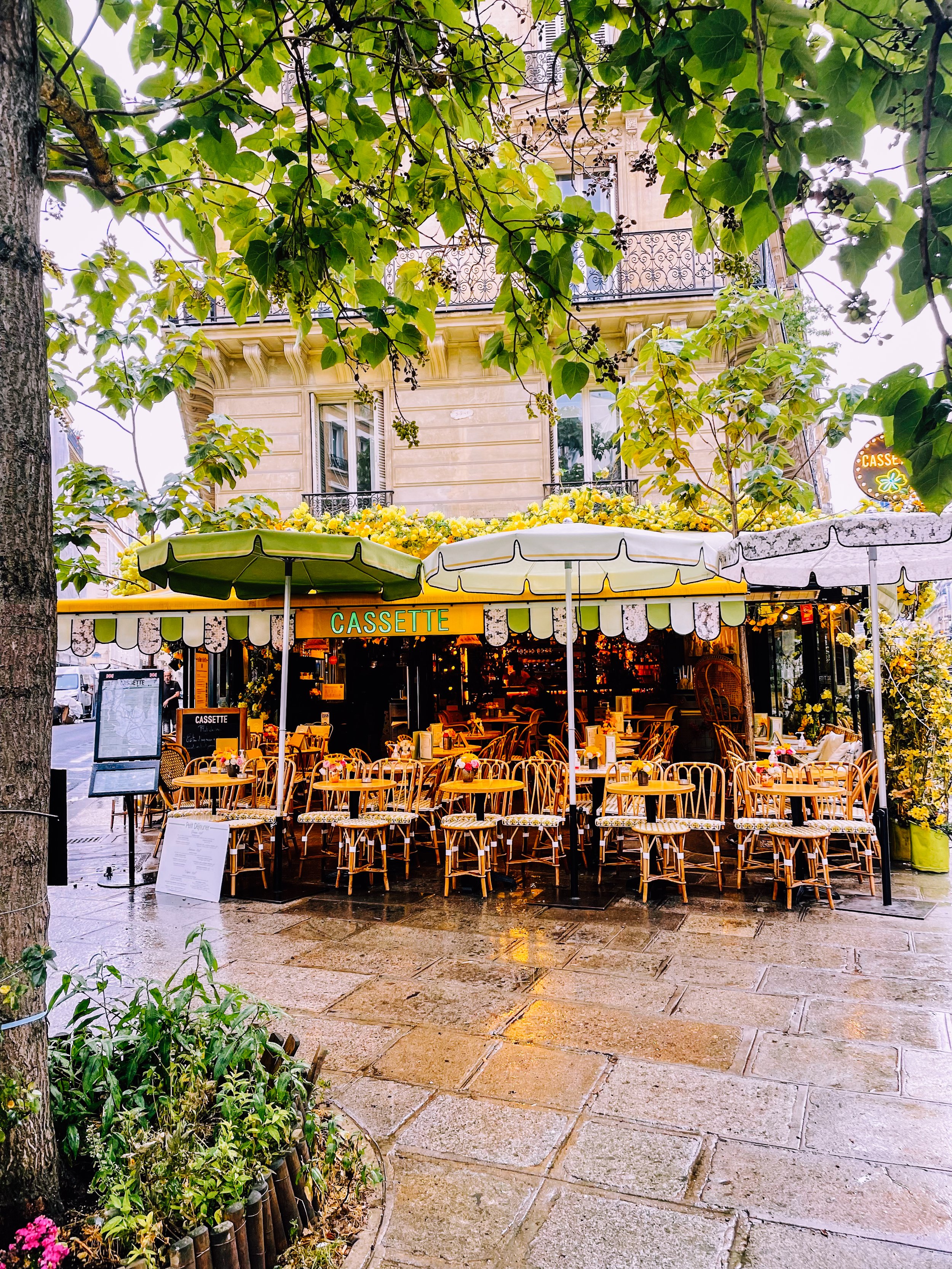
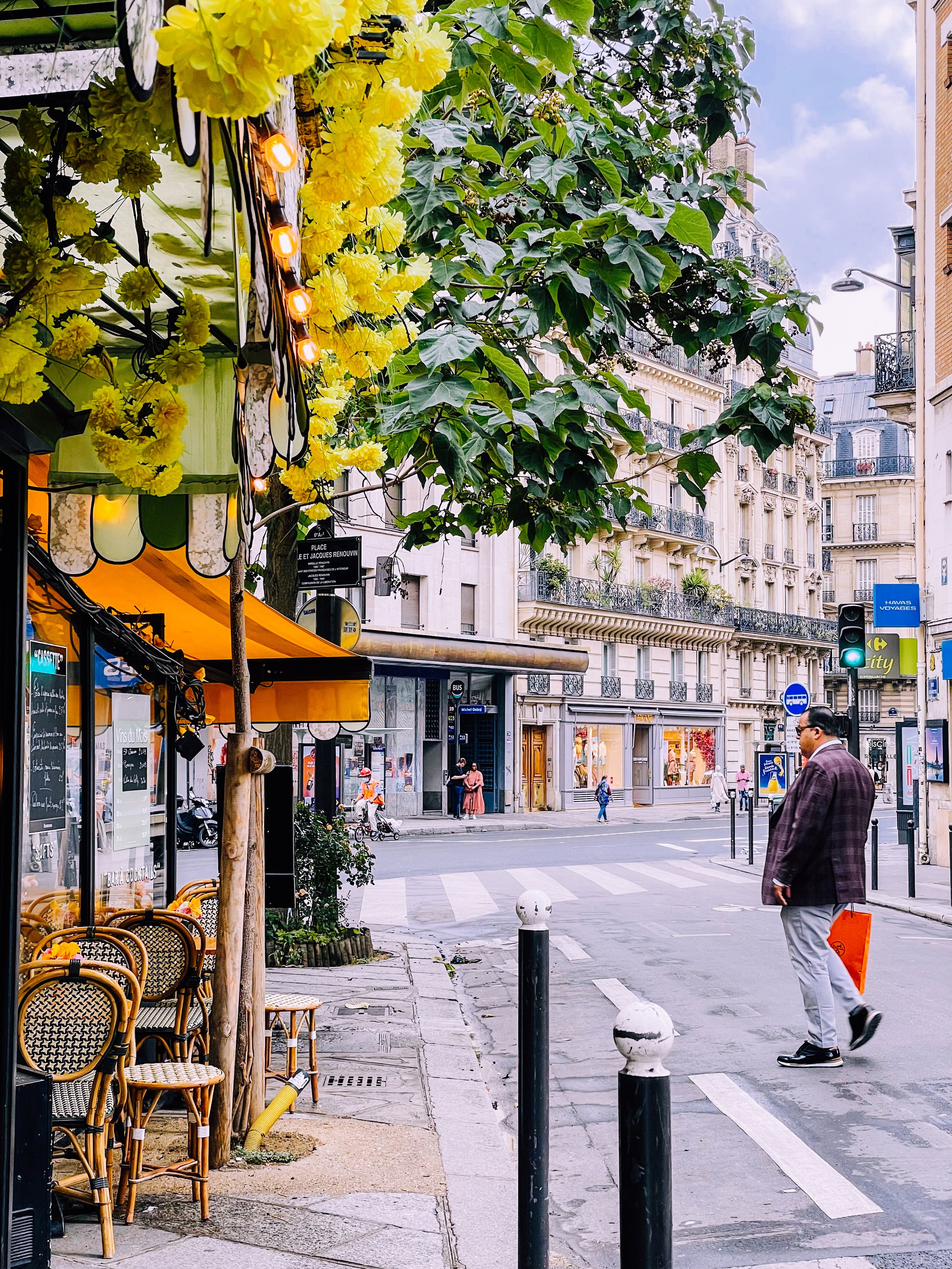
Prior to the pandemic, we visited Paris a few times. What I distinctly remember is that the cafes in Paris would extend to the street, but only with one-two rows of tables and chairs before ending at the sidewalk. The pandemic brought a need for more comfortable outdoor spaces and gave rise to the streeterie.
The streeterie had playful yet meaningful beginnings. I am excited by this thread I picked up in Wonder Seeker. In 2005, Matthew Passmore and his collaborators at Rebar Art and Design Studio decided they were going to build a public park in a parking space in the middle of downtown San Francisco. Their intent was to highlight the lack of public space downtown. The law doesn’t explicitly say you have to have a vehicle in a parking space. As long as you are paying the meter, you can do what you want in that space. In essence, they were leasing the space from the city for a period of time. People loved the temporary park and paid the meter to keep the park open. Shortly after, the event’s photos went viral, San Francisco’s Mayor loved it, and non-profits wanted to join in on the delightful activism by hosting PARKing day interventions. PARKing day has become a global event resulting in the first parklets in San Francisco and then other cities generating more permanent open spaces, pocket parks, and streeteries for people to relax in.
Much like the purpose of the first parklet, the streeteries that proliferated during COVID-19 were designed to favor humans over cars. The streeteries offered multiple functions for the street: increase livability by allowing for more dining opportunities in the fresh air, enable more space for retailers to survive during the pandemic, and slow down cars where the existing infrastructure enabled high speeds due to low traffic volumes. Remember in How Colorful Buildings Contribute to Happiness I highlighted storefront activity straddling the sidewalk? The parklet in that example is equivalent to the pandemic and post-pandemic streeterie today. The storefront's activity is open to one side of the sidewalk, and some part of the activity actually crosses the path, so people who walk down the sidewalk find themselves walking through the activity. The wall of the storefront is entirely open and the interior of the space is continuous with the paving of the path. In Paris, it’s like getting 1000 hugs from the street instead of just one. This is communal joy and we can feel the energy spreading through conversation, laughter, music, and food.
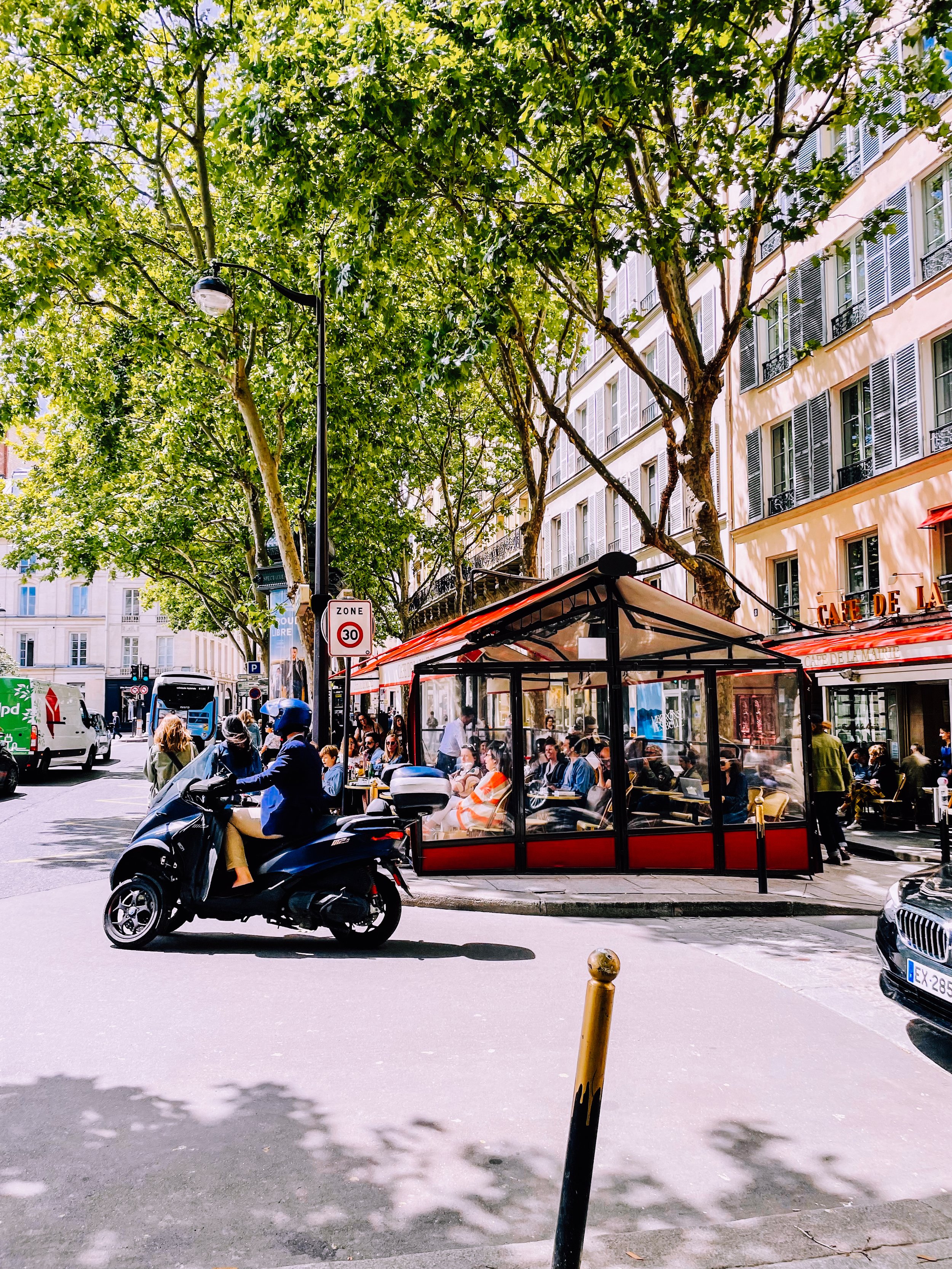
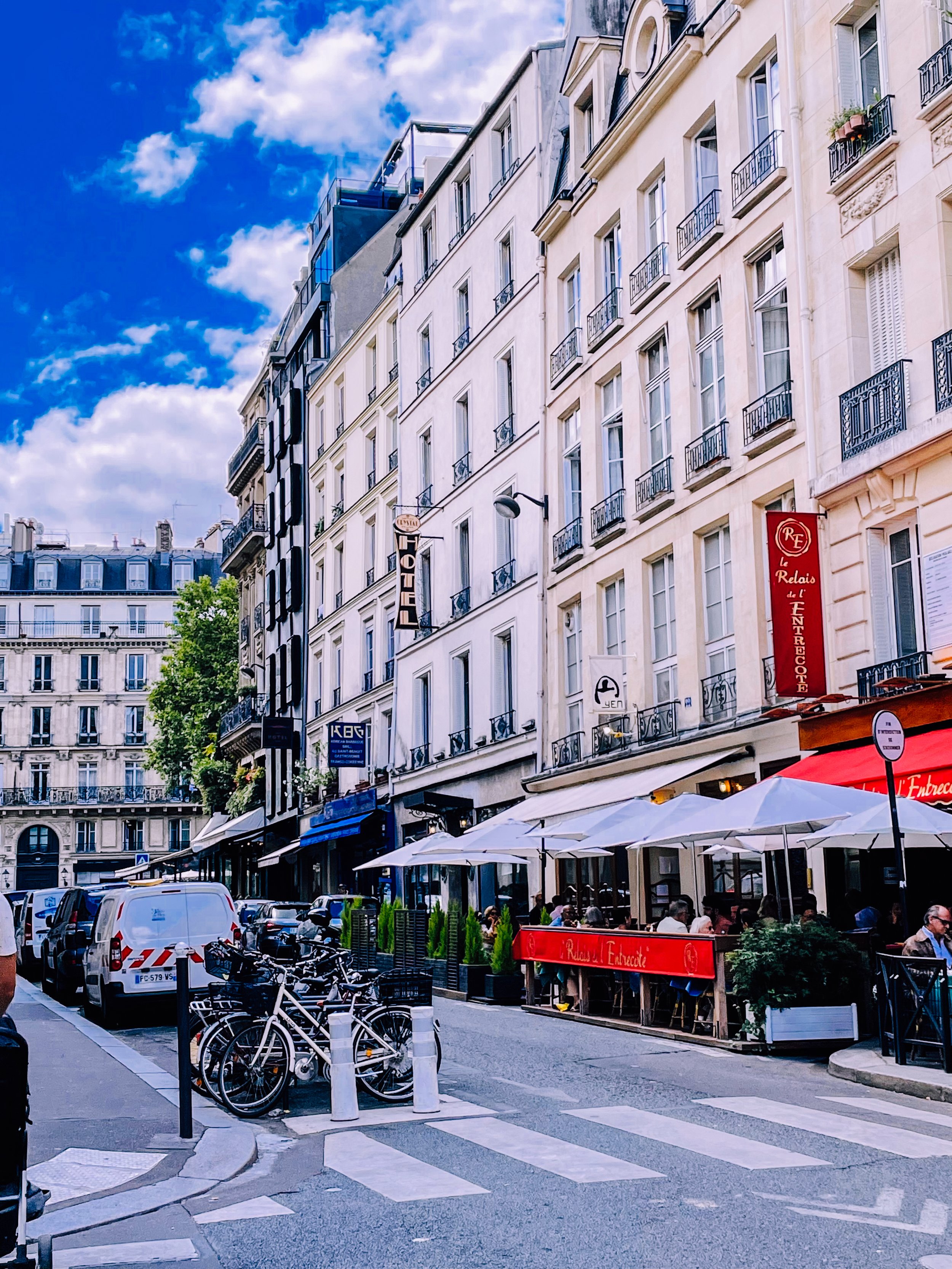
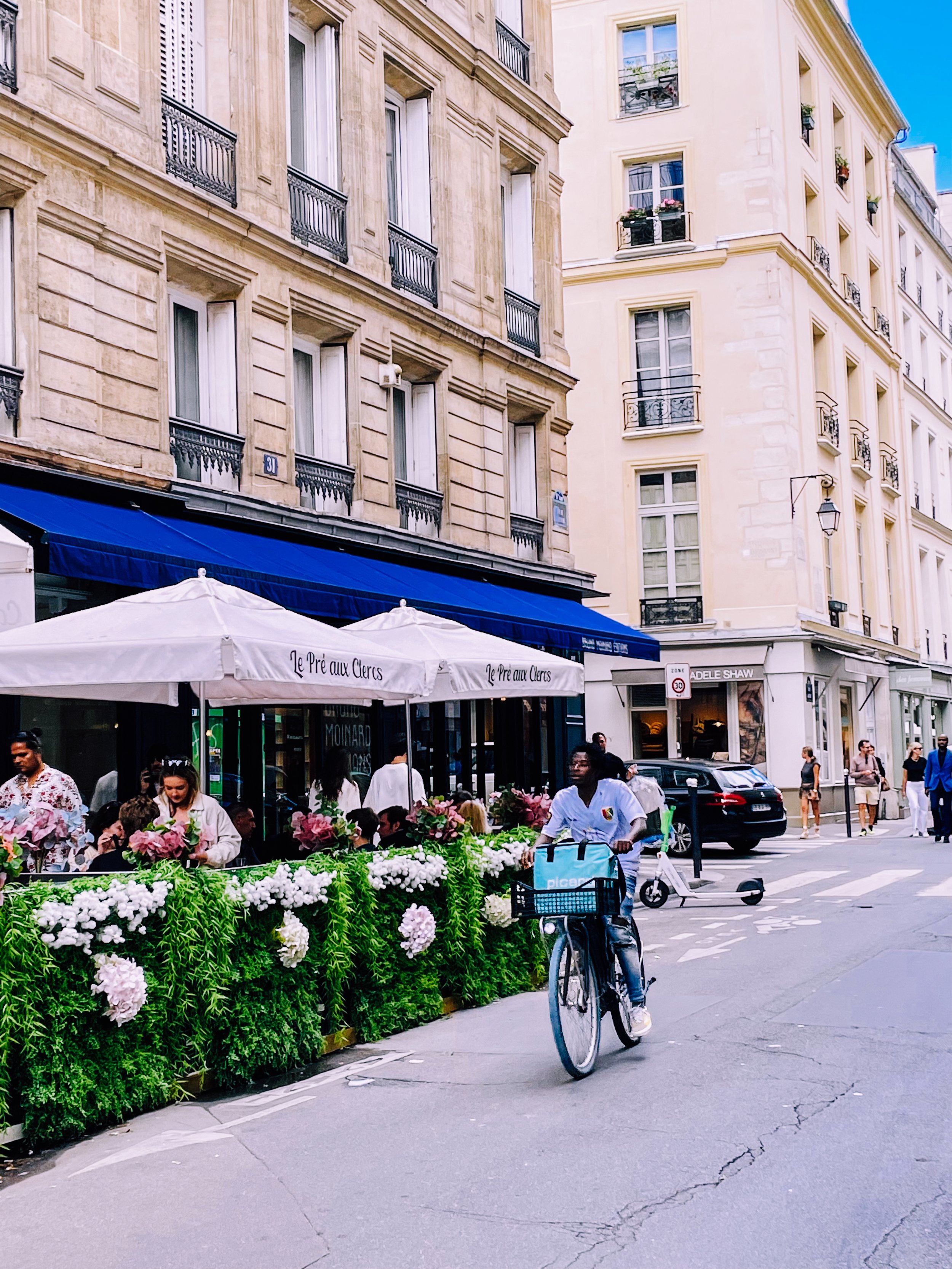
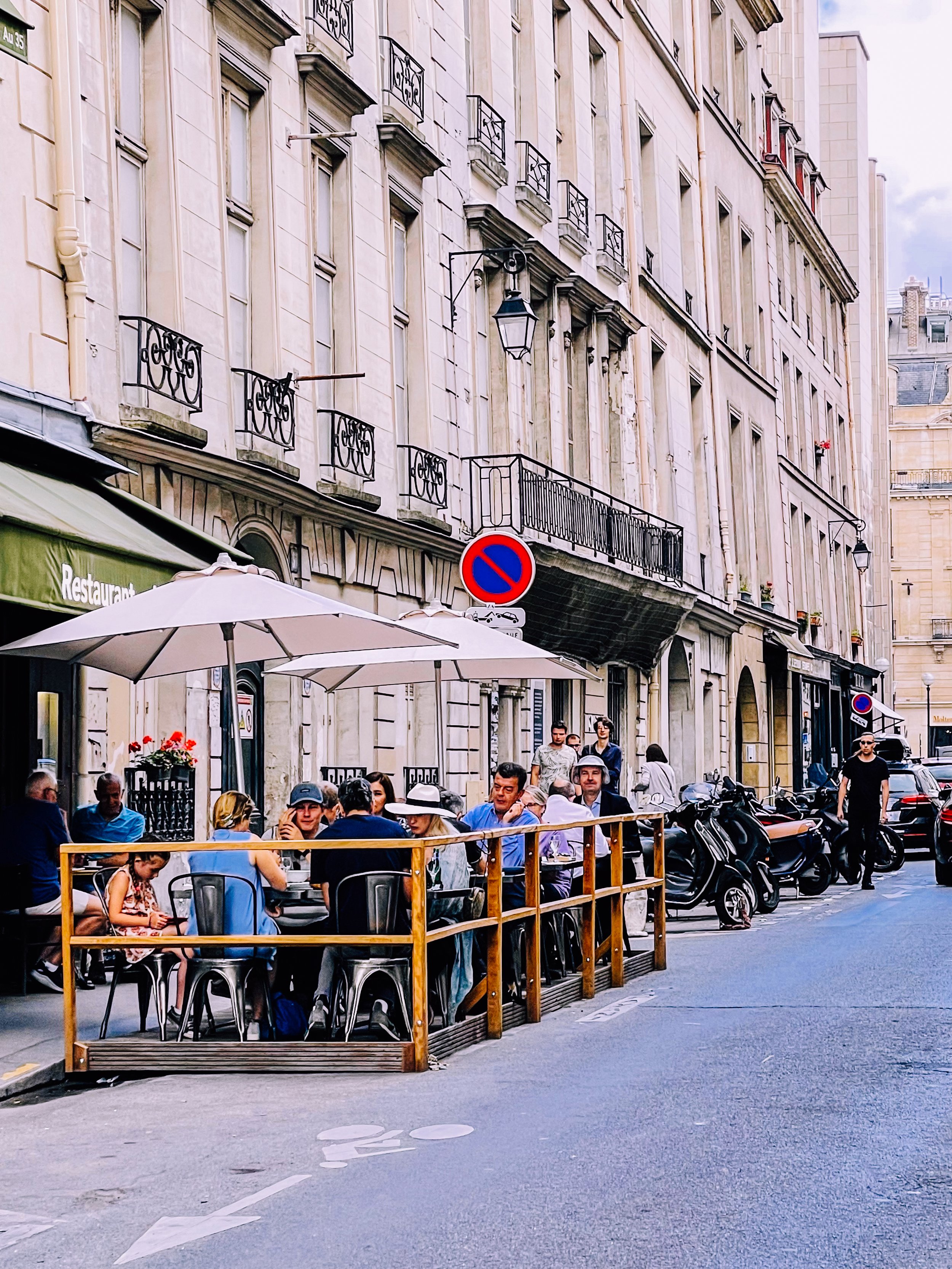
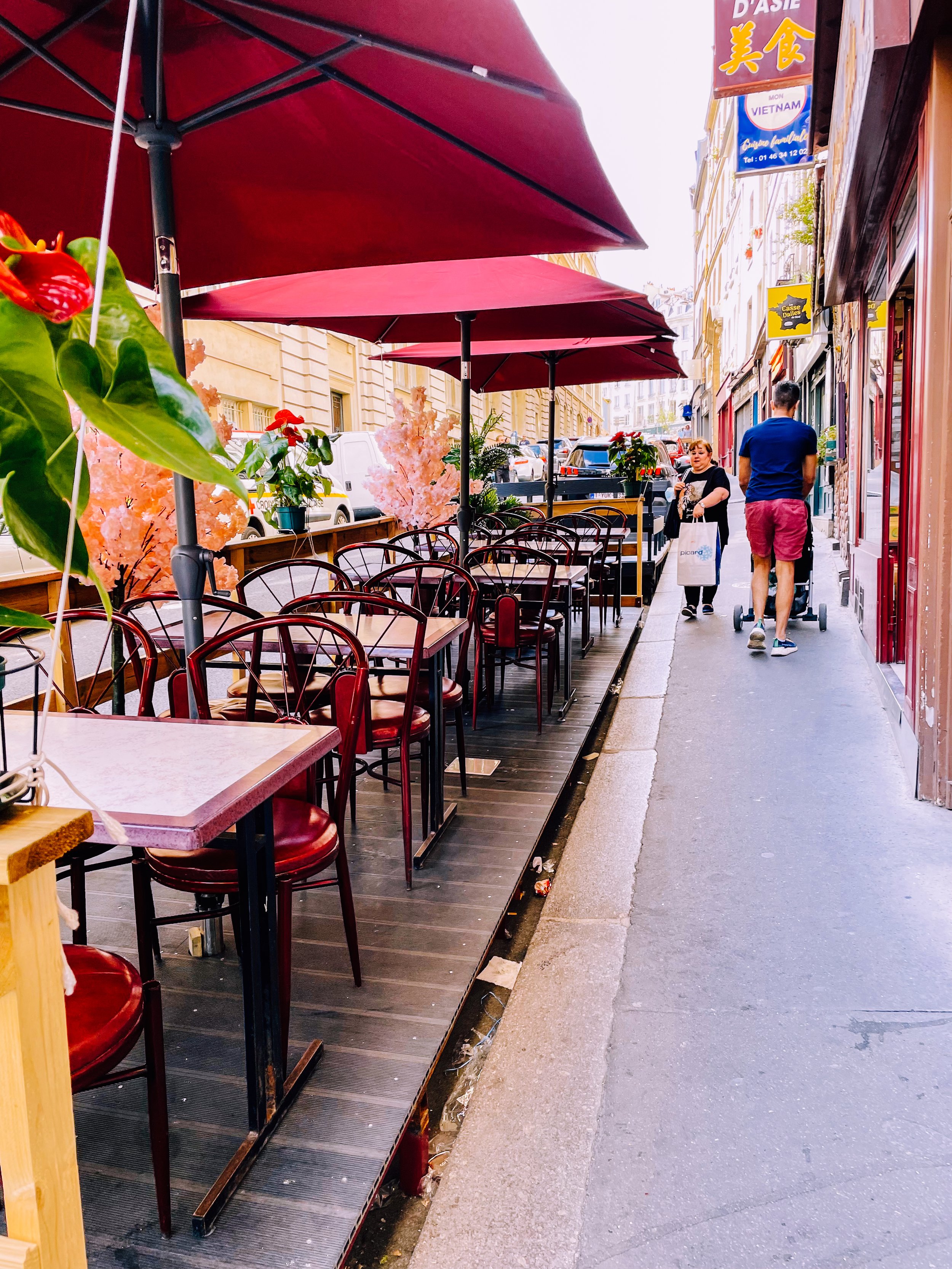
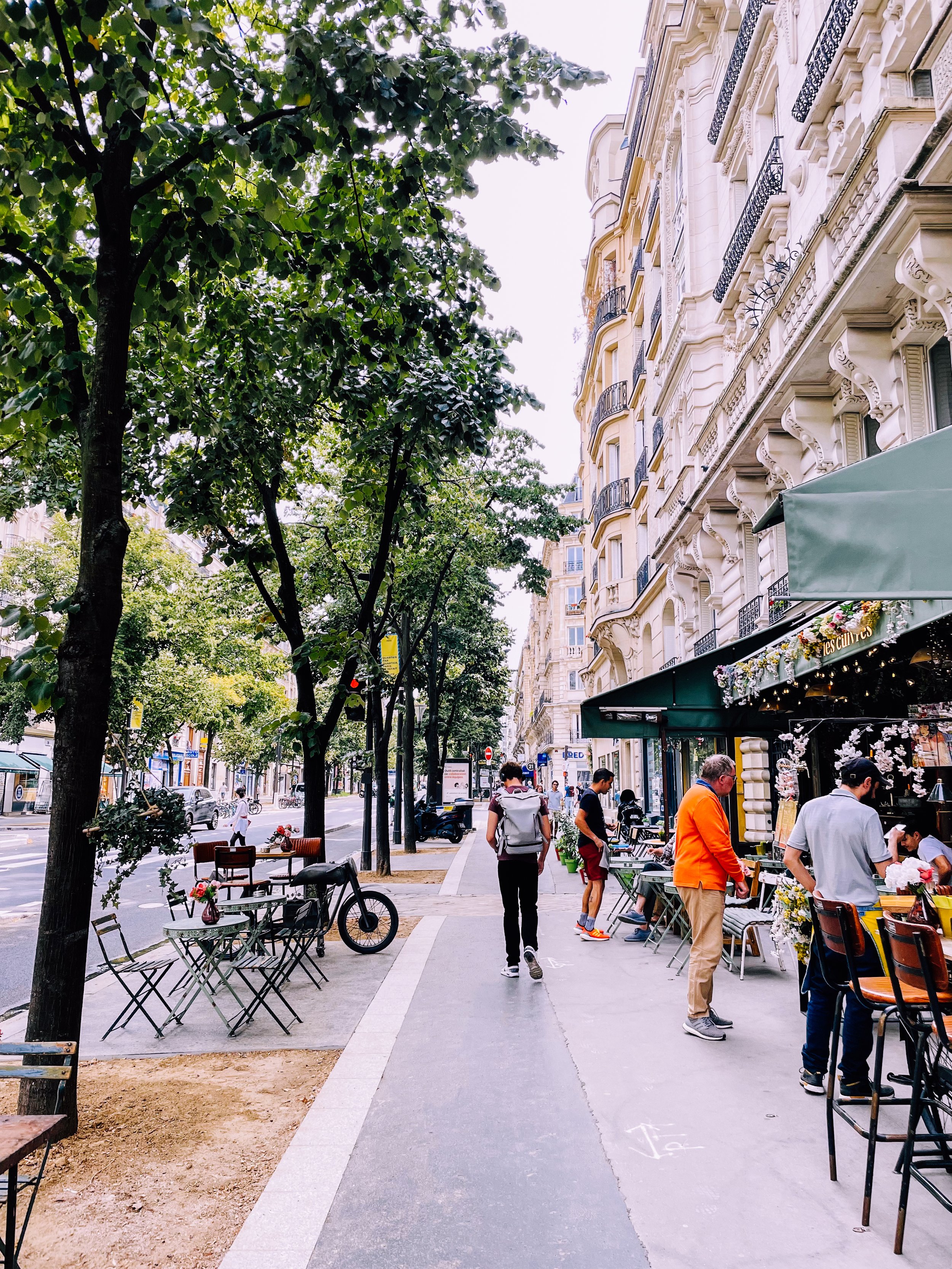
When I think about freedom and renewal in this context, I am reminded of some key lessons from Hope in the Dark. As we emerge from COVID-19 into a post-pandemic reality, we can start to see the silver lining of what those challenges presented and the changes that have been realized. We pushed for more sustainable options without knowing what would happen, if they would remain, and the impact if they did. In Paris, all of the businesses have the option to keep their outdoor terraces in the summer. And further, some of the slow streets have been made permanent, and the bike network that was rolled out in 2020 is getting another round of financial and political investment. We should remember to be okay with embracing the darkness, because unforeseen changes are always possible and potentially delightful.
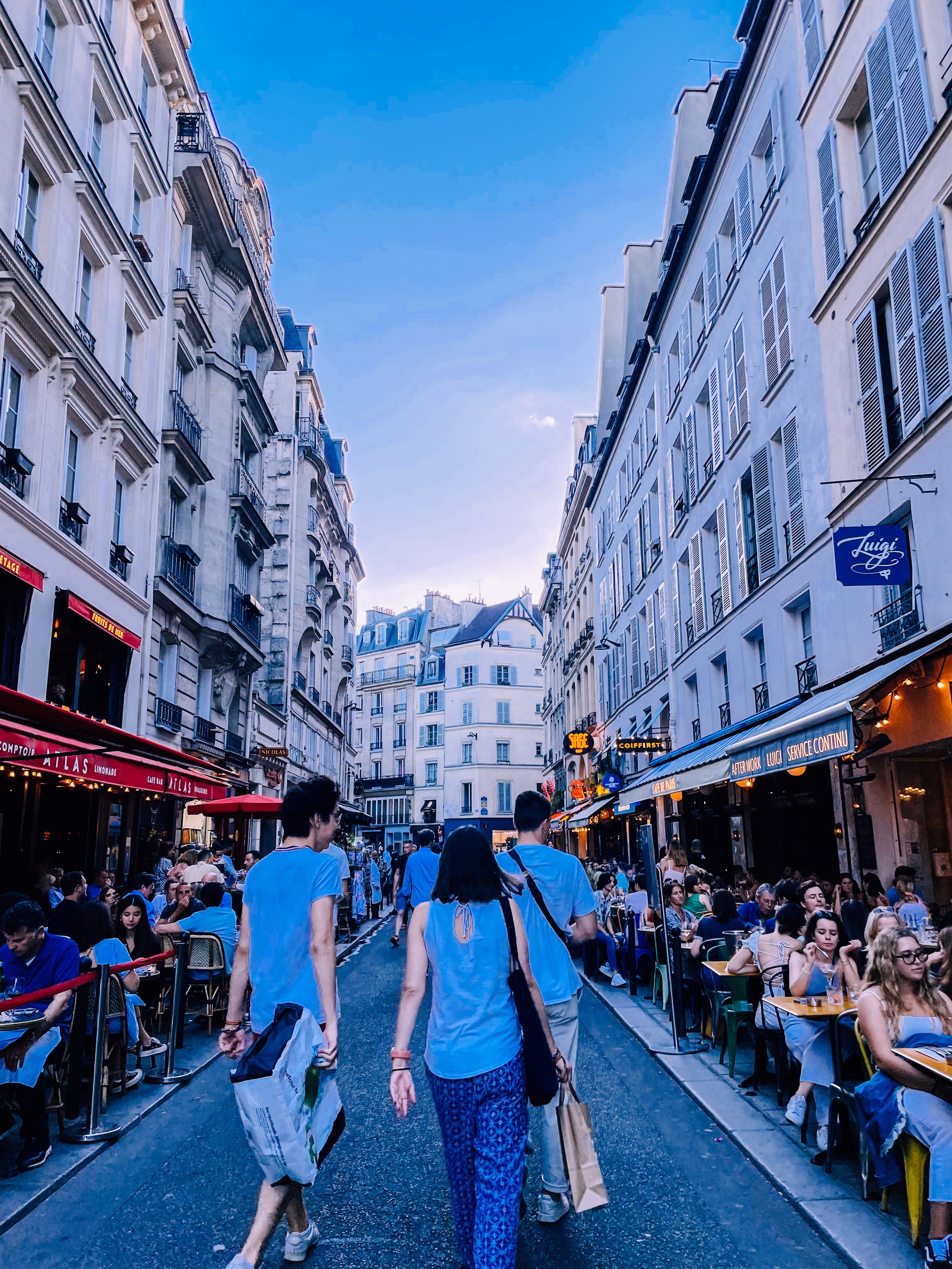
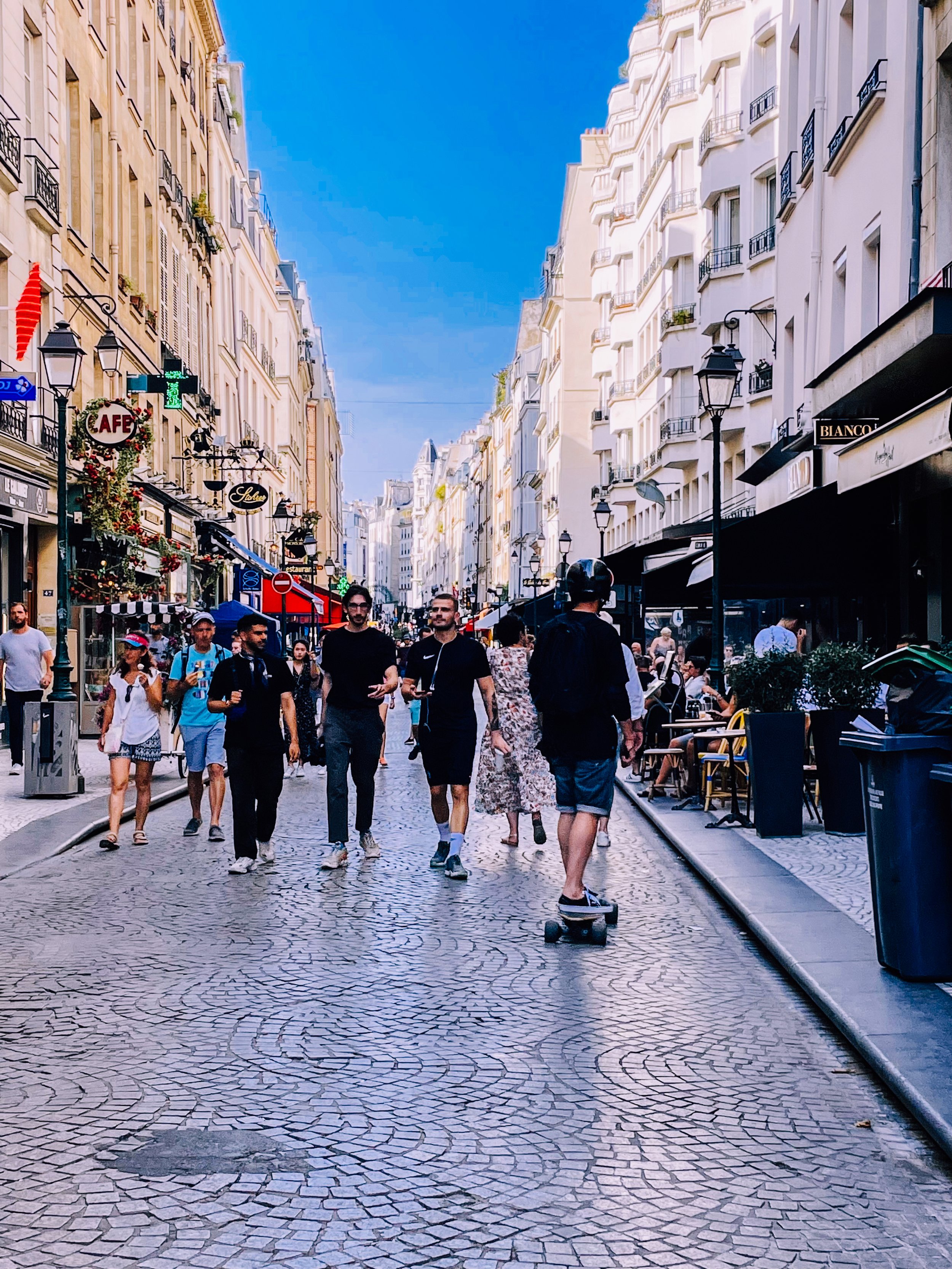
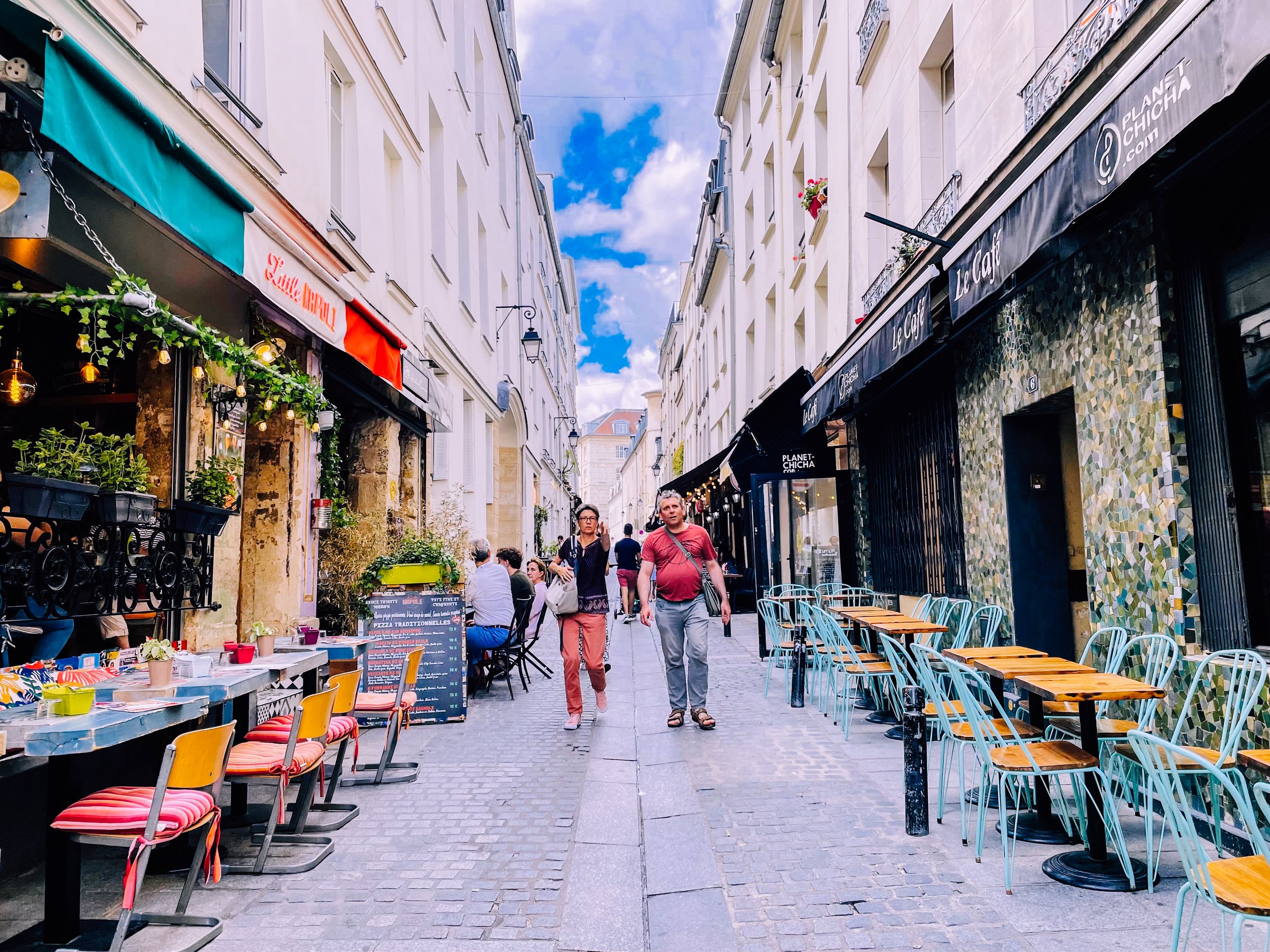
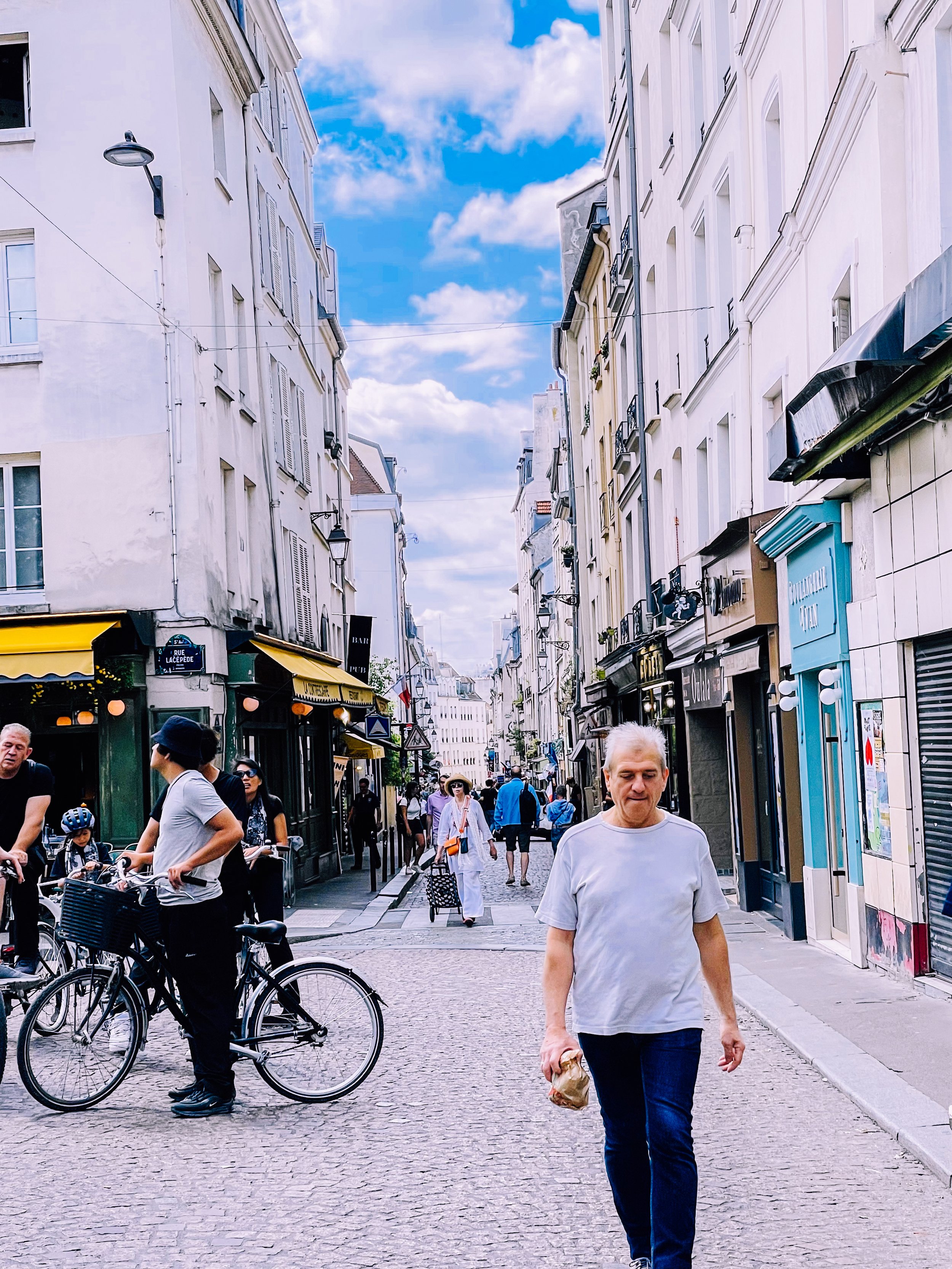
“Success or failure: the truth of a life really has little to do with its quality. The quality of life is in proportion, always, to the capacity for delight. The capacity for delight is the gift of paying attention.”
![Your Joyful Neighborhood Street Cafe [Paris]](https://images.squarespace-cdn.com/content/v1/5b63c07485ede1aa9c4b6ced/1664325736398-D9JNZKBI4G2QYN2HVG22/Joyful+Urbanist_Paris+Street+Cafe+Watercolor.jpg)

![How Awe is Fundamental to Our Joy and Happiness [Paris]](https://images.squarespace-cdn.com/content/v1/5b63c07485ede1aa9c4b6ced/1682678584463-PMYU4JOGQQAYBA4Z7696/Joyful+Urbanist_Jardin+du+Luxembourg.jpg)
![How Loved Places are Joyful Places [Jaipur, India]](https://images.squarespace-cdn.com/content/v1/5b63c07485ede1aa9c4b6ced/1647618070631-1TT7NUSYWE1U41KN4LMQ/Joyful+Urbanist_Jaipur+Hawa+Mahal.jpg)